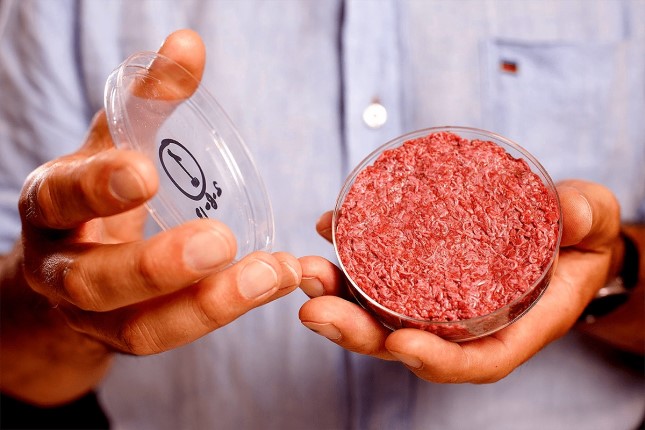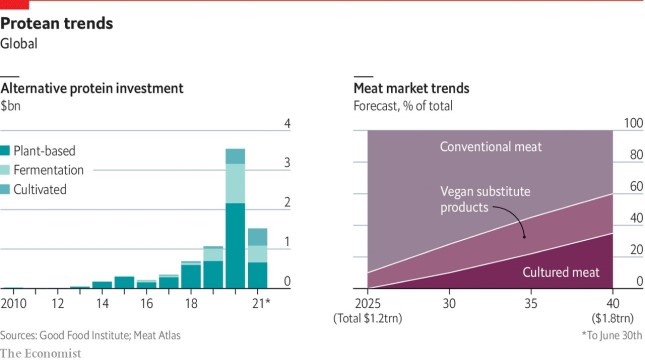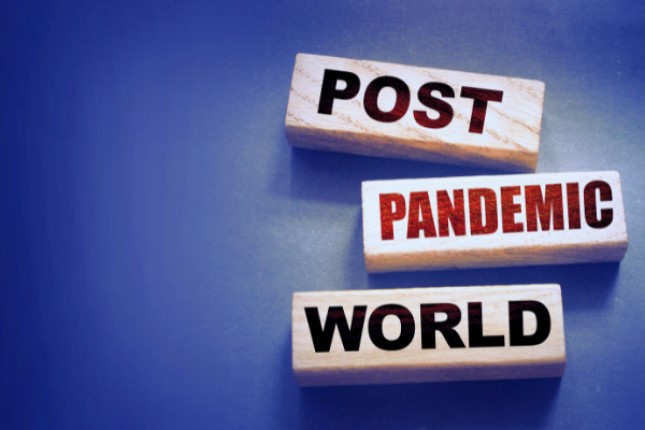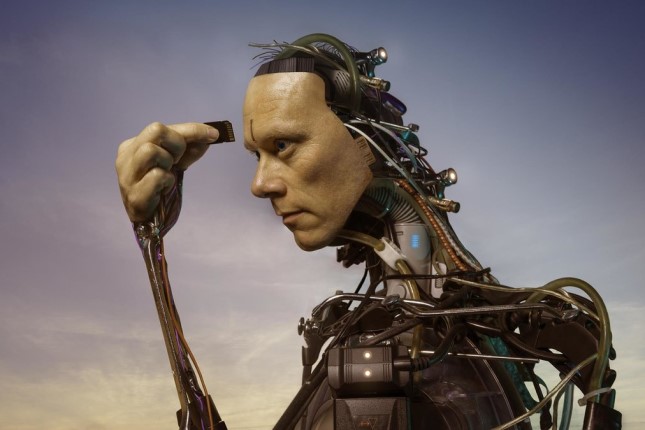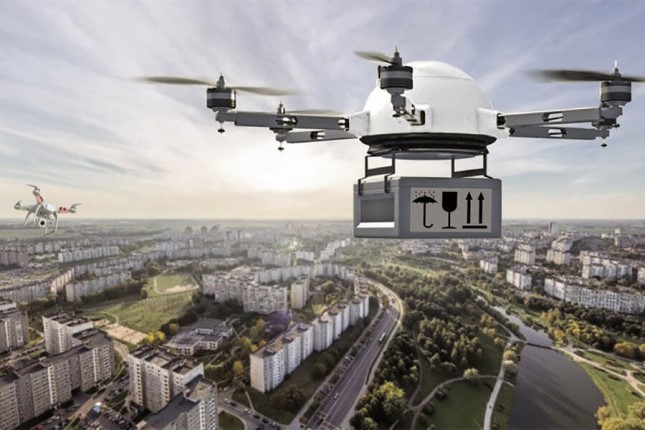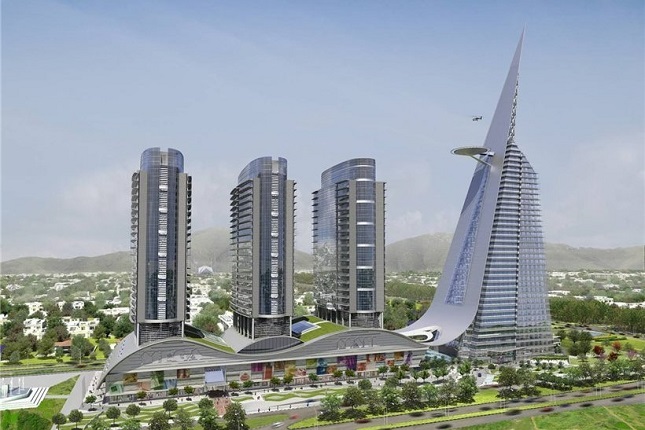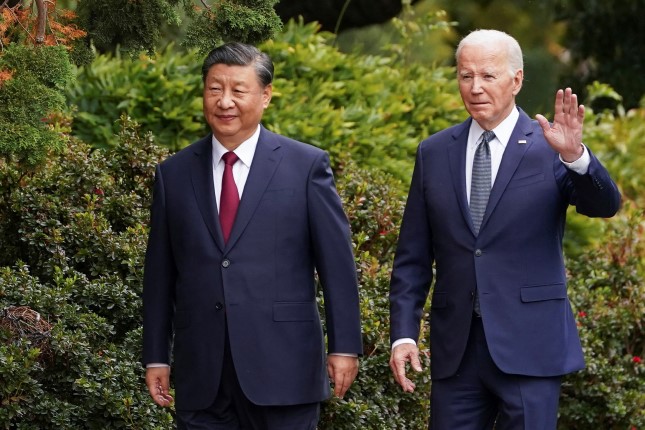By 2040, 35% of all meat is expected to be grown in the laboratory. According to numerous forecasts, this will revolutionise the USD 1.5 trillion market. As early as the next decade, cultured meat could take 10% of the market, or about USD 140 billion, for environmental and food security reasons. The latter seems to be driving the most impressive advances.
Singapore is leading in the development and introduction of synthetic meat. According to the nation's security strategy, by 2030, it intends to produce one-third of its domestically consumed food. Apparently, this cannot be achieved by developing conventional meat alone, nor by producing synthetic meat from plants. Singapore simply does not have enough agricultural land for growing crops and grazing cattle.
This state of affairs is forcing Singapore authorities to encourage private initiatives to produce lab-grown meat. In particular, the country has passed laws permitting the consumption of synthetically grown meat after it has undergone examination and the packaging mentions that the product has been "cultured" in a laboratory. By doing so, Singapore's authorities are offering opportunities for lab-grown meat companies to bring their produce to the market, increase brand awareness and, consequently, attract investment. This makes Singapore positioned just perfectly to gain a tremendous competitive edge over other developed countries. Even cultured meat start-ups from the US are setting up production facilities on the island.
So did the San Francisco-based company Eat Just, which produces lab-grown chicken meat. The start-up also intends to enter North America and Middle East markets. However, it might be problematic with Arab and Jewish cultures, as lab-raised meat cannot be classified either as halal or kosher since both involve a certain way of animal killing.
In any case, it is Singapore that many companies choose to prepare the ground for international expansion. Hong Kong's Avant Meats, among others, is opening a production facility for lab-grown fish in Singapore. In all, more than 20 companies on the island produce meat in laboratories or from plants. When Singapore introduces tax benefits and incentive subsidies, the number of such firms is only bound to grow. The prospect is increasingly likely, given that the country's authorities see lab-grown meat as part of food security.
In the meantime, much remains to be done before humanity can replace conventional meat with lab-raised one in its diet. First of all, the cost of its production needs to be reduced. Cultured meat does not cost hundreds of thousands of dollars per kilogram at the moment, as did Mosa Meat from the Netherlands in 2013. But even around three to five thousand dollars per kilogram is rather costly, with expensive raw materials priced in. Animal stem cells and hundreds of litres of a special nutrient medium of hormones and other chemicals are placed in special machines that consume a lot of energy.
Some companies have adopted an interesting strategy to deal with the high cost of their products. They promote cultured meat and fish in the luxury segment. San Diego-based BlueNalu is doing just that, aiming to supply restaurants with bluefin tuna for sashimi. In Israel, Aleph Farms is developing technology to print perfect steaks on 3D printers; and French firm Gourmey is learning to cultivate duck egg cells to make foie gras. These are very expensive products, but they could be a good option for those who care about the quality of the food and the ethics of eating animal products. There will certainly be no bacteria, parasites, or plastic molecules in lab-grown meat and fish.
Environmental considerations are an important factor pushing hundreds of firms to develop better technologies that make the process cheaper. They manage to secure substantial investments, as they create an alternative to meat farming, which is responsible for almost 15% of all greenhouse gases emitted into the atmosphere. While digesting, animals release methane, which is, in fact, much more harmful than carbon dioxide. Moreover, 80 per cent of the land fit for agricultural purposes is used to grow forage crops. Livestock production provides only about 40% of the protein consumed. According to UN estimates, the number of people on the planet will continue growing and the population will be consuming twice as much meat by the middle of the century. It appears from this that serious environmental threats could be looming on the horizon. Yet, if we are to believe the optimistic predictions, only 1% of the land currently in use and only 4% of the water will be required to produce meat in the laboratory.
Meanwhile, even at its cheapest, lab-grown meat is still too expensive for the countries of the Global South. For example, Bill Gates, who also invests in cutting-edge food technology, believes that it will be the wealthiest nations to be able to enjoy the taste of synthetic beef. And the people of the world's poorest 80 countries will still have to get by with natural food, with all the environment-related problems that entail.
